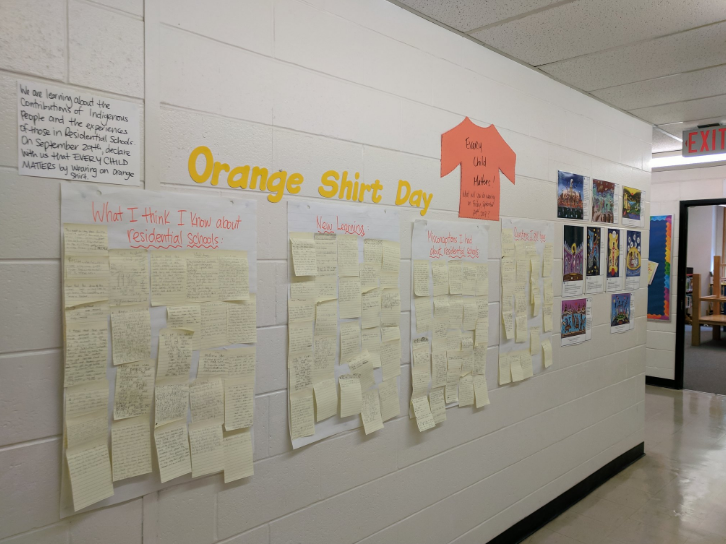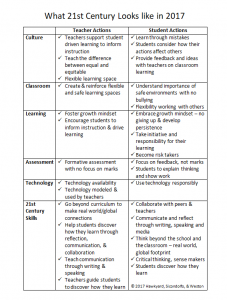I love project based learning. It’s so important to get kids thinking “outside the curriculum” and immerse them in real-world experiences in which they can apply learning and be challenged by new things. Not to mention, the level of engagement that we see with kids when they are working on something meaningful is incomparable.
I had heard of schools hosting “book swaps” and thought it was a great idea. Since I was looking for something extra-curricular to take leadership on within my school, I suggested the idea to my principal. As soon as I started thinking of the logistics of planning an executing such an event, it hit me that if I planned it all on my own I was wasting such a valuable learning experience for my 5/6 class!
So, I proposed the idea to them the next morning. They pretty much took it from there! From our very first class discussion about the event, everything about the book swap was completely child-directed and a complete collaborative effort. They presented ideas for almost everything – when should it take place, how will we organize it, how will we get the word out, how will we make sure the process is fair, who will do which tasks, who will gather materials, how should we organize and sort the books, what jobs will everyone have on the day of the swap? Everyone in the class had something to offer to the conversation. By the end of it, we had a pretty good plan going forward.
Each student designed a poster for the hallways [visual arts, media], some wrote and performed commercials on the announcements [media, oral communication]. We had discussions about marketing and what strategies we could use to make our event a success. After they created a flyer, a few students counted the total number of students in the school, photocopied them and sorted them into piles for each classroom [number sense, problem solving].
Next, they designed a system for tracking how many books each student brought in and how many tickets they would receive on the day of the swap. A few students created ticket tracking forms for each classroom teacher [data management], and a few others designed tickets [visual arts]. Since there were three different students who each made a design on a page of 10, they did some problem solving to find out many times each design would need to be photocopied in order for us to have enough tickets for the event, estimating how many tickets each student might need [number sense, problem solving].
Throughout the collection week, my students visited each classroom at the end of the day to collect any books that had been brought in. The biggest challenge they overcame was sorting the estimated 900 books that were brought in! I overheard some great conversations about quantifying, visualizing and estimating large numbers [number sense, again!].
We spent an entire afternoon sorting the books by genre. The students did some great research about how books are sorted in libraries and book stores, which genres exist and how books are usually classified by genre [literacy]. There were so many valuable conversations about stories, elements of texts, illustration and marketing of books as they sorted the 900 books into genre categories. Our classroom looked like a jungle of books but the experience was so rich!
Some students created signs to help with the flow of traffic, label where certain genres would be and help younger students navigate the event [visual arts, literacy]. They made a list of jobs for the event and worked together to create a plan, with “shifts”, for who would take on which task. We had door greeters, ticket takers, cashiers, sales associates, tidying staff and shopping assistants [an array of personal and learning skills here].
On the morning of the big day, students came to school absolutely beaming. They took so much pride in their hard work and couldn’t wait to take on the leadership of running our school’s first-ever book swap. The entire day flowed seamlessly with very little guidance from me! The students arranged tables, carted all 900 books from our classroom, hung up signs, arranged the displays and were in position, ready to go, within half hour!
As classes came to the gym to visit the book swap, I observed so many wonderful things happening. Not only were the children in the school given an opportunity to trade in an old book for something new and exciting to them, they had an opportunity to interact with each other in a whole new way. Some students took on roles of leadership, others took on the role of customers. Students of all ages received their tickets at the door, shopped around for new books of interest, discussed books with peers, made tough decisions, tried something new and then went through the check-out process (so similar to what adults do at stores). It was quite interesting to watch what some students chose to take home with them, especially without their parent or teacher’s involvement in the choice making process!
Our book swap was a huge success! Every student got to take home a new book, or ten, and my students went home with a sense of pride and accomplishment. I, myself, went home with an even-more fuelled passion for what I do and an inspiration to find more ways to make all of my teaching based in real-world, authentic and meaningful experiences.
If you have any questions about running a book swap at your own school, please leave a comment below!

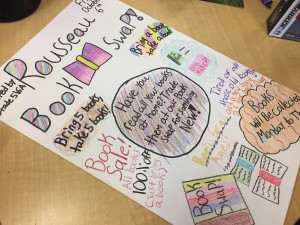
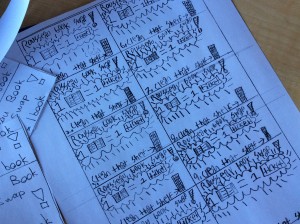
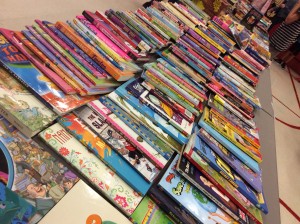
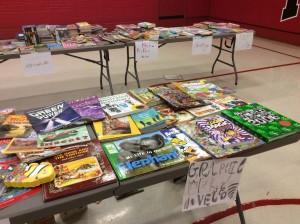
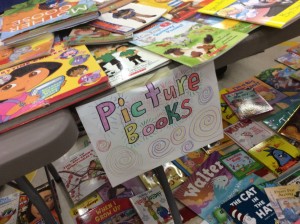
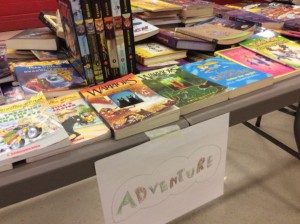

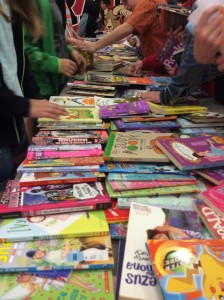
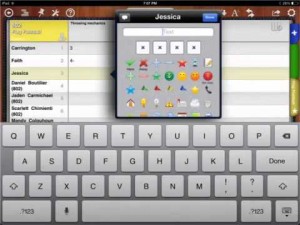
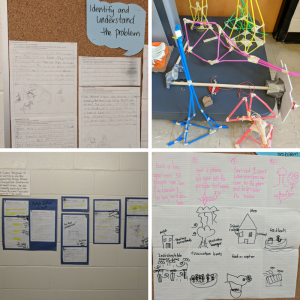

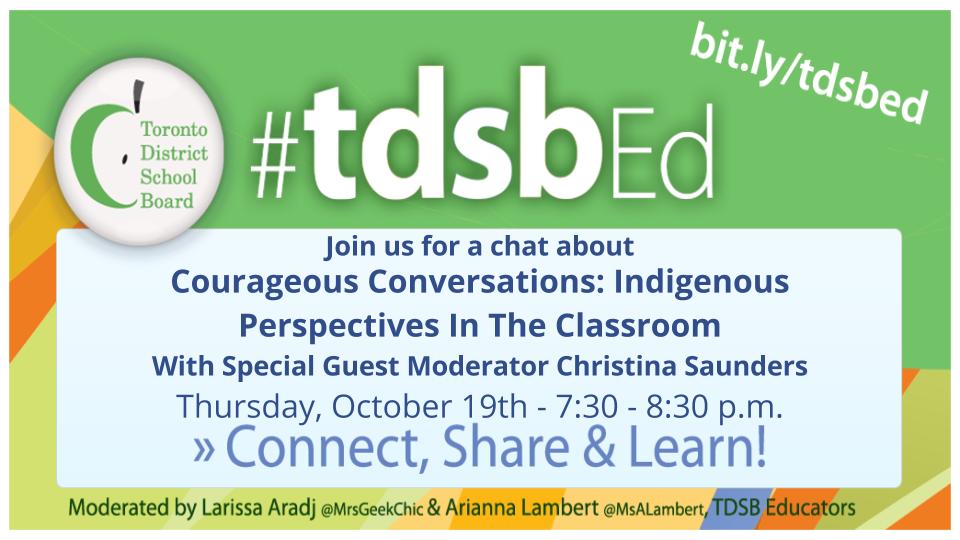
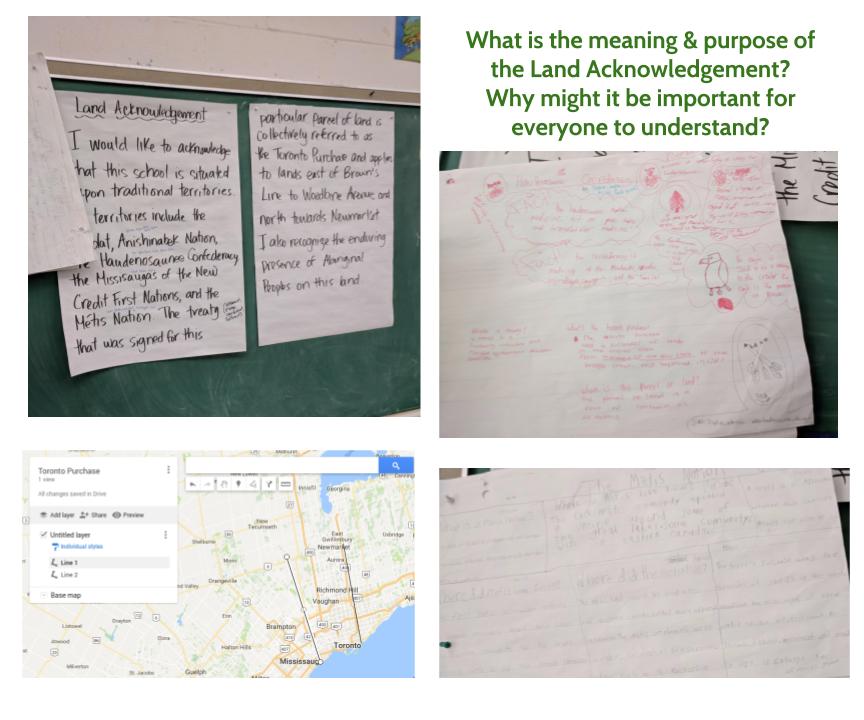 In my class this year, I’ve made it a goal to ensure that Indigenous perspectives are reflected in both my teaching and in our learning space. In the past I’ve struggled with months or days to celebrate a particular heritage or cultural group because I find that it leads to tokenism. While there is value in that celebration, I wonder how we might be able to go beyond and infuse this learning into our everyday experiences with students. I’m learning the importance of valuing inquiry as students start to investigate for themselves diverse experiences within Canada. Earlier this year, we read
In my class this year, I’ve made it a goal to ensure that Indigenous perspectives are reflected in both my teaching and in our learning space. In the past I’ve struggled with months or days to celebrate a particular heritage or cultural group because I find that it leads to tokenism. While there is value in that celebration, I wonder how we might be able to go beyond and infuse this learning into our everyday experiences with students. I’m learning the importance of valuing inquiry as students start to investigate for themselves diverse experiences within Canada. Earlier this year, we read 